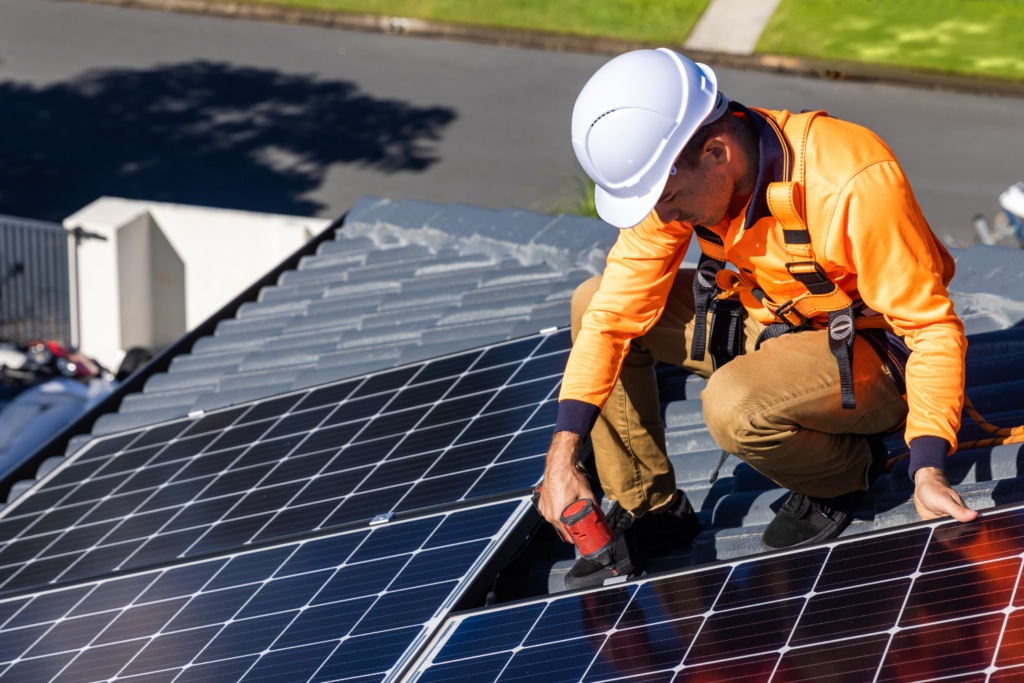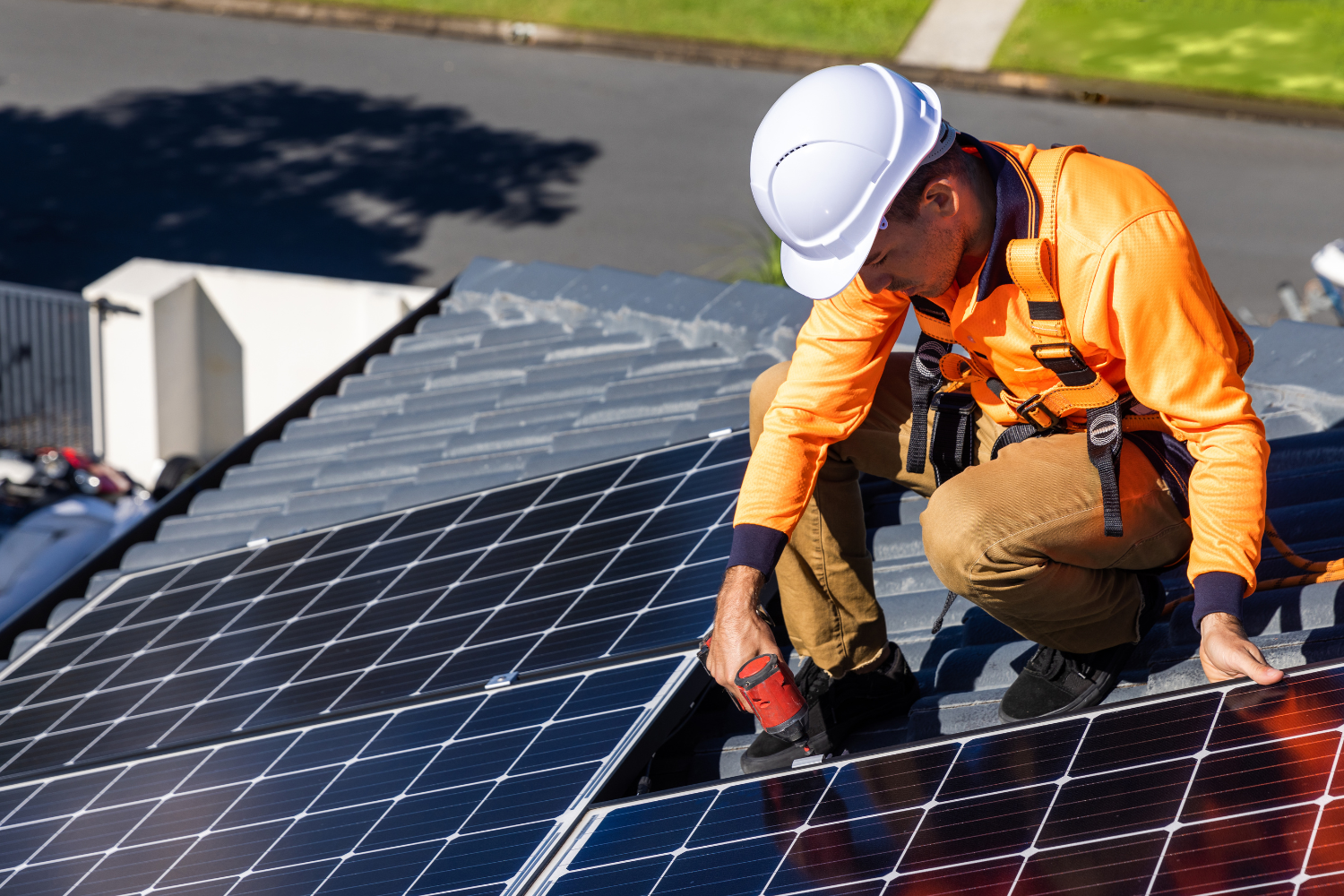s Miami continues to bask in abundant sunshine year-round, more homeowners are considering a switch to sustainable energy solutions. Tesla Solar Roof has emerged as a popular choice, offering not only a sleek aesthetic but also impressive functionality. If you’re pondering whether to outfit your home with this innovative technology, here are ten crucial considerations to guide your decision.

1. Assess Your Home’s Solar Viability
Before investing in a Tesla Solar Roof, it’s essential to determine if your home is a good candidate for solar power. Factors such as the orientation of your roof towards the sun, the angle of roof incline, and potential shade from trees or nearby buildings play significant roles in solar energy production. Miami residents can utilize tools like Google’s Project Sunroof to calculate potential solar output specific to their home address.
2. Review Local Building Codes
Miami’s building codes can significantly influence the installation of solar roofing. These regulations ensure safety and compliance for all construction work, including solar installations. It’s important to review these codes or consult a professional to understand specific requirements or restrictions before proceeding with installation.
3. Consider the Cost and Financing Options
While a Tesla Solar Roof can offer long-term savings on electricity bills, the initial investment is substantial. Prospective buyers should review the total cost, including installation and any necessary roof reinforcements. Thankfully, financing options are available, and potential tax credits from both state and federal sources can offset some of the upfront costs.
4. Evaluate Your Energy Needs
Understanding your household’s energy consumption is vital when switching to solar power. Analyzing your electricity bills can help estimate how much power you need and determine the potential efficiency of a Tesla Solar Roof in meeting those needs.
5. Understand the Installation Process
Tesla Solar Roof installation is not a quick process; it involves several steps including the removal of your existing roof. The entire process can take from a few weeks to a few months, depending on the complexity and size of your roof. Homeowners should prepare for this timeframe and plan accordingly.
6. Check for Incentives and Rebates
To encourage the adoption of solar energy, various incentives and rebates are available to Miami residents. These can include federal tax credits and possible local incentives that reduce the cost burden. It’s worth researching these options or speaking with a tax professional to maximize your benefits.
7. Maintenance and Durability in Tropical Climate
Miami’s harsh tropical climate necessitates durable roofing solutions. Tesla Solar Roofs are designed to be tough and are rated for wind resistance, which is critical in hurricane-prone areas. However, understanding the maintenance requirements and how the roof performs under frequent storms and high humidity is important for long-term satisfaction.
8. Compare Tesla Solar Roof to Traditional Solar Panels
While Tesla’s Solar Roof integrates solar technology directly into roof tiles, traditional solar panels sit atop existing roofing. Each option has its advantages in terms of cost, energy efficiency, and aesthetic impact. Homeowners should compare these to determine which aligns best with their priorities.
9. Warranty and Service Coverage
Tesla offers a substantial warranty for its Solar Roofs, covering weatherization and power capacity. The warranty typically ensures that the solar roof tiles will remain weatherproof and will produce energy for a defined period. Understanding the terms and extent of this warranty, as well as the service support available in Miami, is crucial.
10. Read Customer Reviews and Case Studies
Lastly, learning from the experiences of other homeowners in Miami who have installed Tesla Solar Roofs can provide invaluable insights. Look for customer reviews and case studies to gauge satisfaction levels and common issues. This real-world feedback can help set realistic expectations.
Conclusion
Installing a Tesla Solar Roof in Miami is a significant but potentially rewarding investment. By considering these ten factors, you can ensure that your decision is well-informed and tailored to your specific needs. As always, consulting with professionals and conducting thorough research will pave the way for a successful solar energy transition.
Read also = Innovative Landscape Lighting Ideas for Guelph Homes
